Grande Walkerhill Seoul Myongwolgwan (그랜드 워커힐 서울 명월관)
14.2Km 2020-06-13
177, Walkerhill-ro, Gwangjin-gu, Seoul
+82-2-450-4595
Myongwolgwan is a charcoal-grilled galbi (marinated short ribs) specialty restaurant located at the Grande Walkerhill Seoul Hotel. Housed in a building that gracefully combines traditional hanok (Korean-style house) architecture with elements of modern design, Myongwolgwan is renowned for its delicious galbi dishes. The restaurant’s galbi dishes are prepared with top-quality beef, marinated in a delectable mix of natural ingredients, and cooked to perfection on a traditional hardwood charcoal grill. Also boasting a wide assortment of wines and an outdoor garden overlooking the Hangang River, Myongwolgwan offers one of the area’s most exquisite fine dining experiences. The outdoor garden may also be booked for large gatherings and special events.
Grand Walkerhill Riverpark (Outdoor swimming pool) (그랜드 워커힐 리버파크 수영장(야외수영장))
14.2Km 2022-12-21
177, Walkerhill-ro, Gwangjin-gu, Seoul
+82-2-450-4630
Grand Walker Hill Riverpark is a swimming pool using water comprised of alkali ingredients such as sodium and potassium from underground granite. Since it opened in 1994, the Riverpark is one of Seoul's most popular summer getaways to enjoy swimming. Located by the Hangang River and Achasan Mountain, it provides fresh air as well as the beautiful nature scenery. People can use any of the various facilities, including the main pool, lazy river, swimming pool for children, pool-side restaurant offering special summer lunch, and sun tanning beds.
Bongchu Jjimdak Myeongdong Post Office (봉추찜닭 명동중앙우체국)
14.2Km 2024-03-12
47, Myeongdong, 8na-gil, Jung-gu, Seoul
+82-2-3789-9381
Located in Myeongdong Street, Bongchu Jjimdak Myeongdong Post Office branch specializes in jjimdak (braised chicken). Jjimdak is a Korean-style soy sauce glazed chicken that originated in the Andong region and features chicken stir-fried with potatoes, carrots, onions, garlic, glass noodles, and rice cakes. Their signature dish is ppyeo eomneun jjimdak (braised boneless chicken), which is easy to eat even for beginners. Its spicy level can be adjusted and cheese can be added to suit personal preferences.
Bodolmiyeok Myeongdong(보돌미역 명동)
14.2Km 2020-10-30
B1F, 10, , Myeongdong, 8na-gil, , Jung-gu, , Seoul
+82-2-772-7600
This is a Korean cuisine located in Myeong-dong, Seoul. A restaurant specializing in seaweed soup loved by Koreans. The representative menu is clam seaweed soup.
kr Myeongdong Samgyetang (kr명동삼계탕)
14.2Km 2021-05-12
49, Myeongdong, 8na-gil, Jung-gu, Seoul
+82-2-778-7370
It makes Samgyetang (Korean ginseng chicken soup) using herbal broth as a store with more than 20 years’ experience. This restaurant's signature menu is ginseng chicken soup. This Korean dishes is located in Jung-gu, Seoul.
Namsan Arts Center (남산예술센터)
14.2Km 2021-08-26
138, Sopa-ro, Jung-gu, Seoul
+82-2-758-2150
Namsan Arts Center, reopened as a creative space in Seoul in September 2009. It redefined the colors and characteristics of the theater, aiming for a modern theater production center centered on creative premieres, a contemporary performance venue where visitors can feel the pulse of the times, and a theater capable of various experiments.
Namsan Arts Center Drama Center is the first modern folk theater in Korea and the oldest performance hall in which the original architectural form has been preserved. Under the concept of "Contemporary & New Wave," the center continues to produce domestic original plays, and through active exchanges with excellent overseas theaters, build a repertoire of high-quality works that can read domestic and overseas trends, and present contemporary cultural diversity.
Jeonju Hoegwan (전주회관)
14.2Km 2019-08-31
32-1, Sejong-daero 14-gil, Jung-gu, Seoul
82-2-778-6689
Well-known among both Koreans and foreigners, this restaurant has been specializing in traditional Korean dishes for more than 50 years. Its gopdol bibimbap is patented and also the most popular dish in the restaurant.
Chungdong First Methodist Church (서울 정동교회)
14.2Km 2020-06-25
46, Jeongdong-gil, Jung-gu, Seoul
+82-2-753-0001
Chungdong Church, having being completed in 1897, was the first Christian church that was built after the spread of Protestantism in Korea. The church was founded in 1887 as a small worship house under the name Bethel by Henry Gerhard Appenzeller, an American missionary. As the number of followers increased, the building underwent construction and officially became a church in 1895. Chungdong Church is the only remaining church building from the 19th century. The church was expanded once more in 1926, changing its from a cross-shaped building to a square one. The expansion was made by adding walls using bricks as not to damage the original building structure. The architecture was built in a simplified version of an American gothic house with arched window frames.
Achasan Sunrise Festival (아차산 해맞이 축제)
14.2Km 2024-12-19
Achasan, Gwangjin-gu, Seoul
+82-2-450-7596
Achasan Mountain offers a great view of the sunrise in Seoul, preventing the need to travel all the way to the East Sea to enjoy this beautiful sight. Achasan Mountain is a popular spot to watch the sunrise as it is easily accessible using public transportation and takes only about 15 minutes to hike up to the viewing spot. Hikers and non-hikers alike gather on New Year's Day to greet the sun as the hiking trail consists of well-managed, gradual slopes.
Dongnimmun Gate (독립문)
14.2Km 2022-12-15
251, Tongil-ro, Seodaemun-gu, Seoul
Dongnimmun stands at the location originally known as Yeongeun, where envoys were once treated. When a Chinese envoy visited, the King would go out through this door to greet. In 1898, to announce the independence from Japan, Dongnimun was constructed with the fund collected by the citizens. The traces of the past still remain on Dongnimmun with two pillars in front of Dongnimmun being the remains of Yeongeunmun.
The Arc de Triomphe in France can be recalled in comparison to Dongnimmun. Dongnimmun was built using granite with a passageway x_height of 14.28 meters. On the top it is written ‘Dongnimmun’ in Korean with the national flag drawn on each side. On the inner-left side there are stone stairs leading to the attic. The national flower Mugunghwa are planted around Dongnimmun. Now it is surrounded by roads and it is eye-catching to view when passing by.

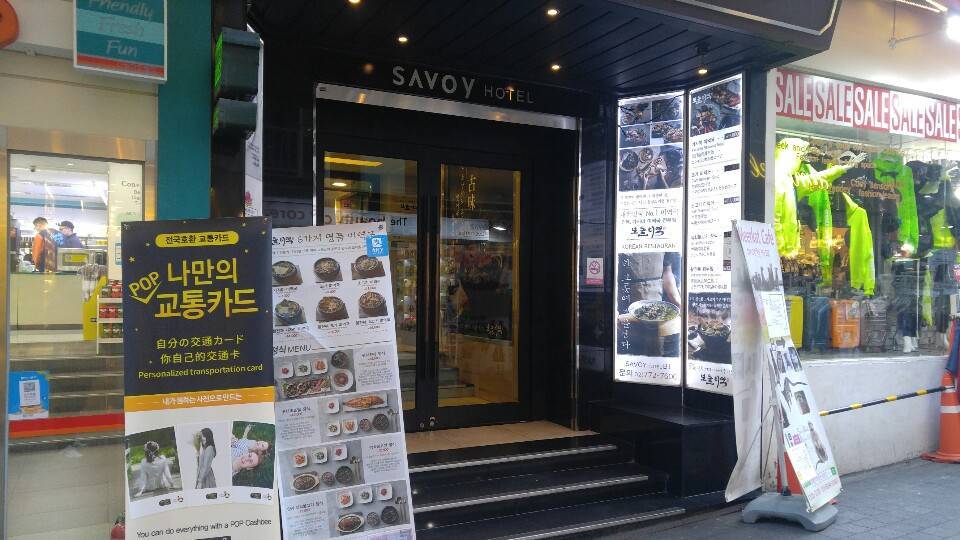
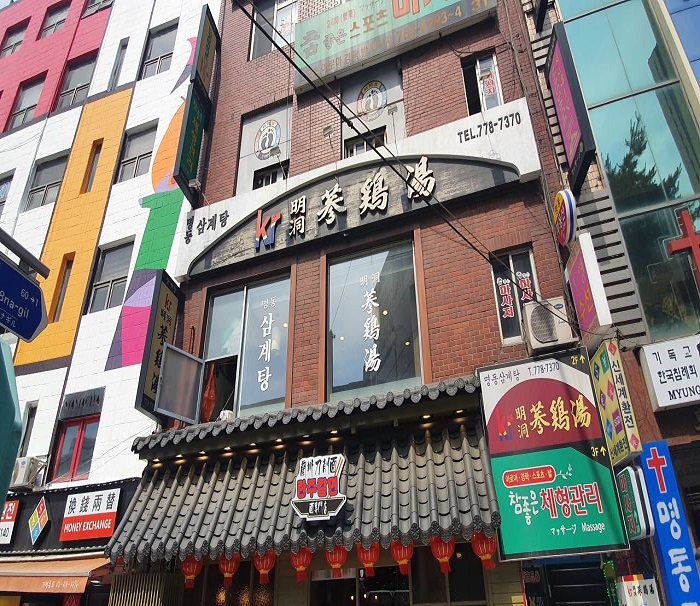
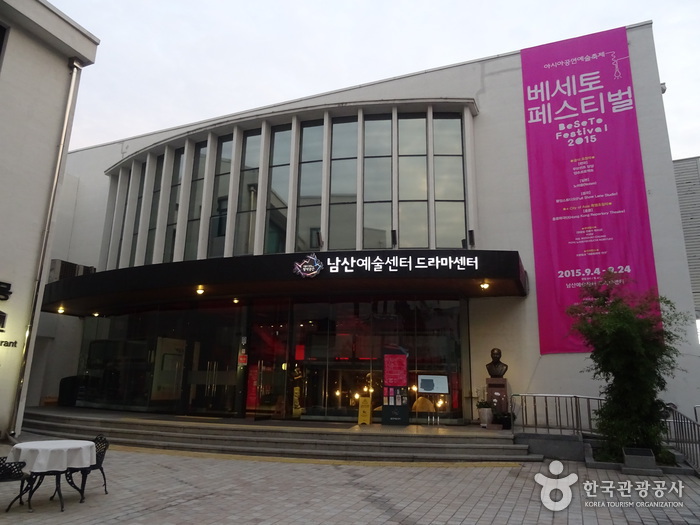
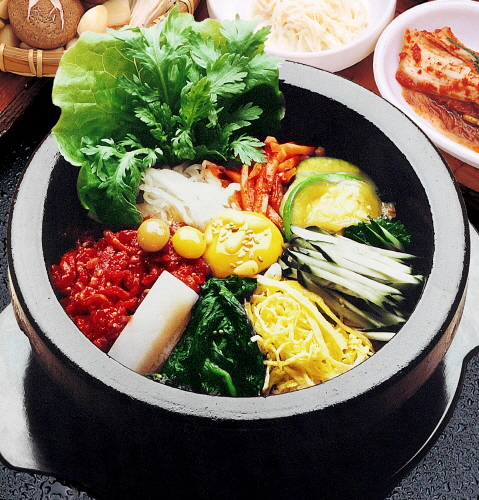
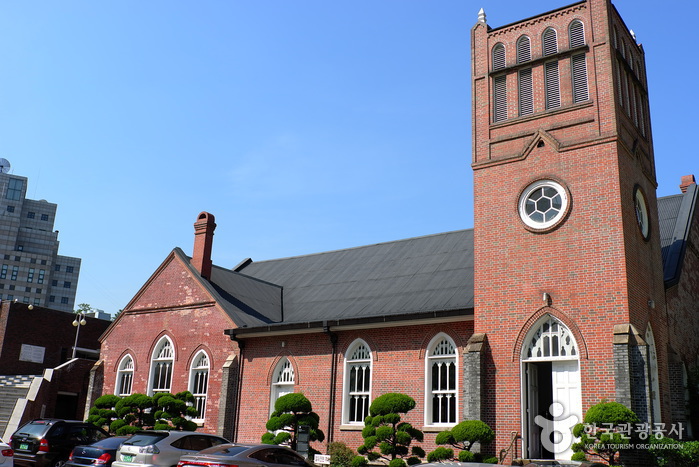
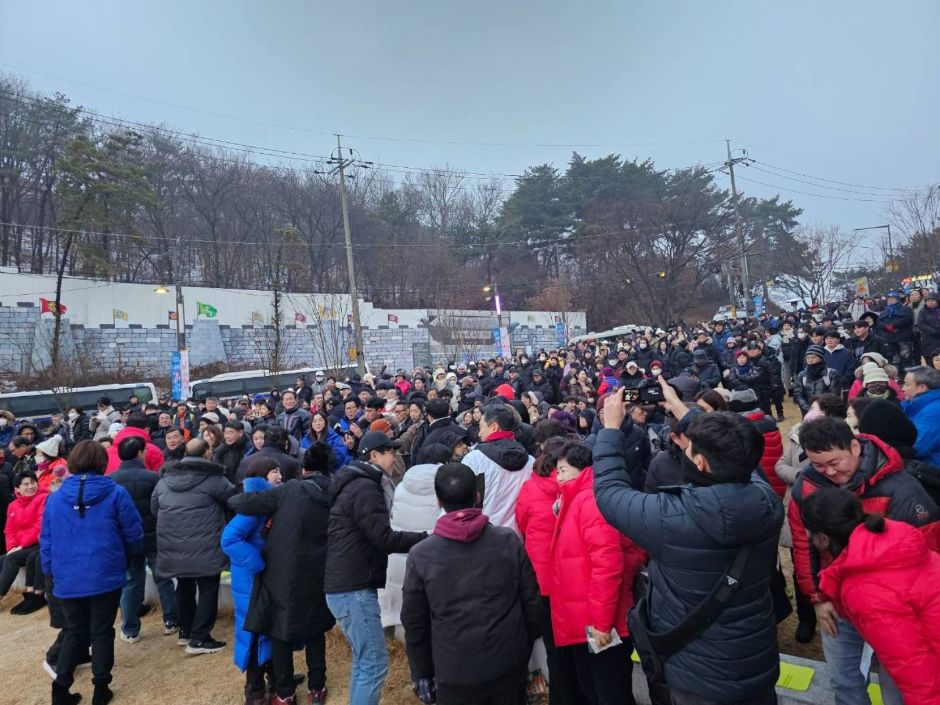
 English
English
 한국어
한국어 日本語
日本語 中文(简体)
中文(简体) Deutsch
Deutsch Français
Français Español
Español Русский
Русский